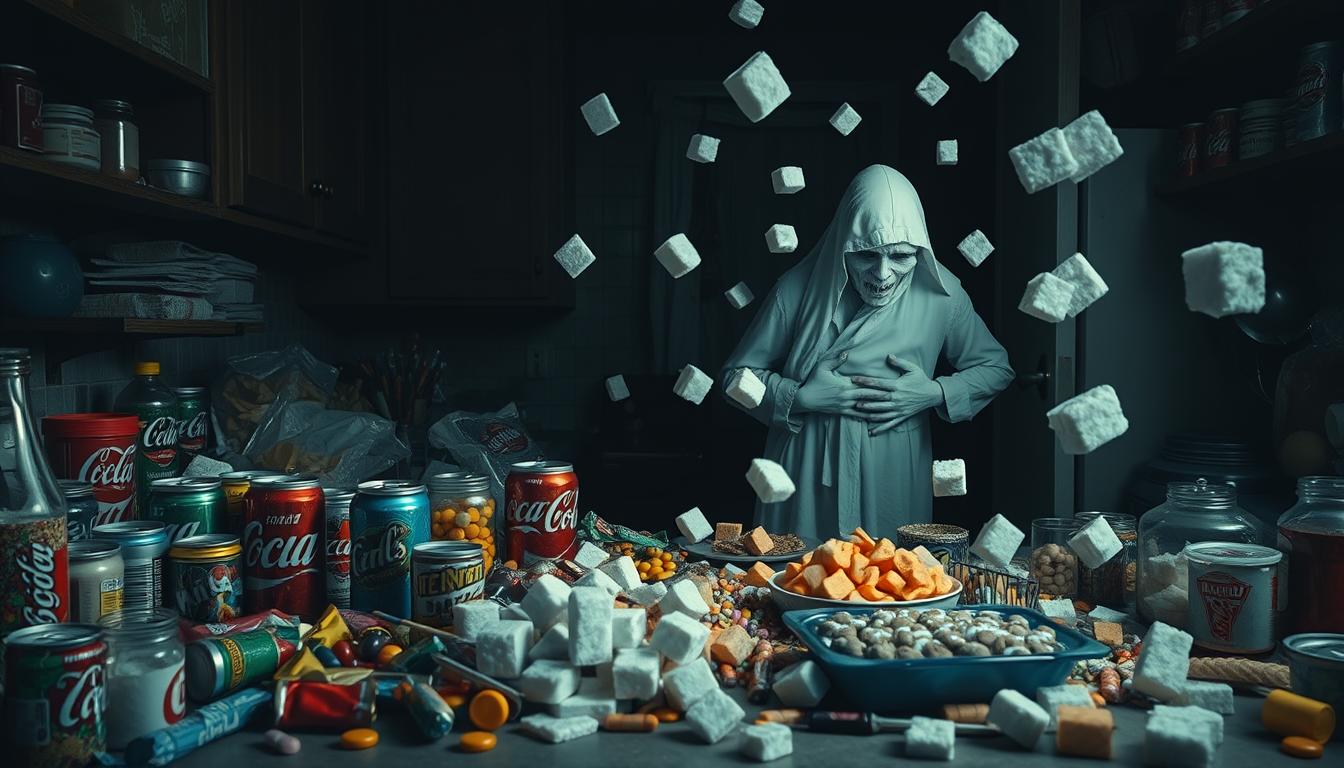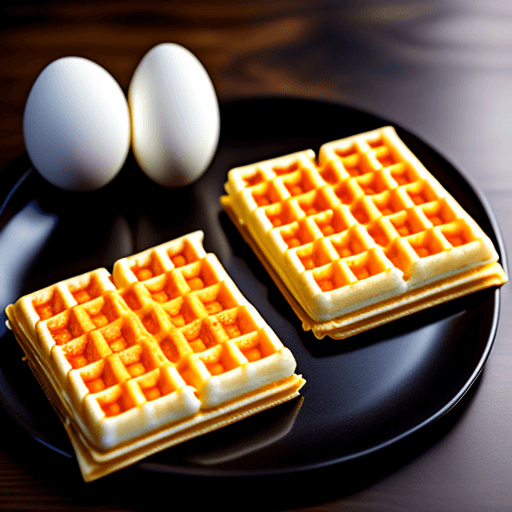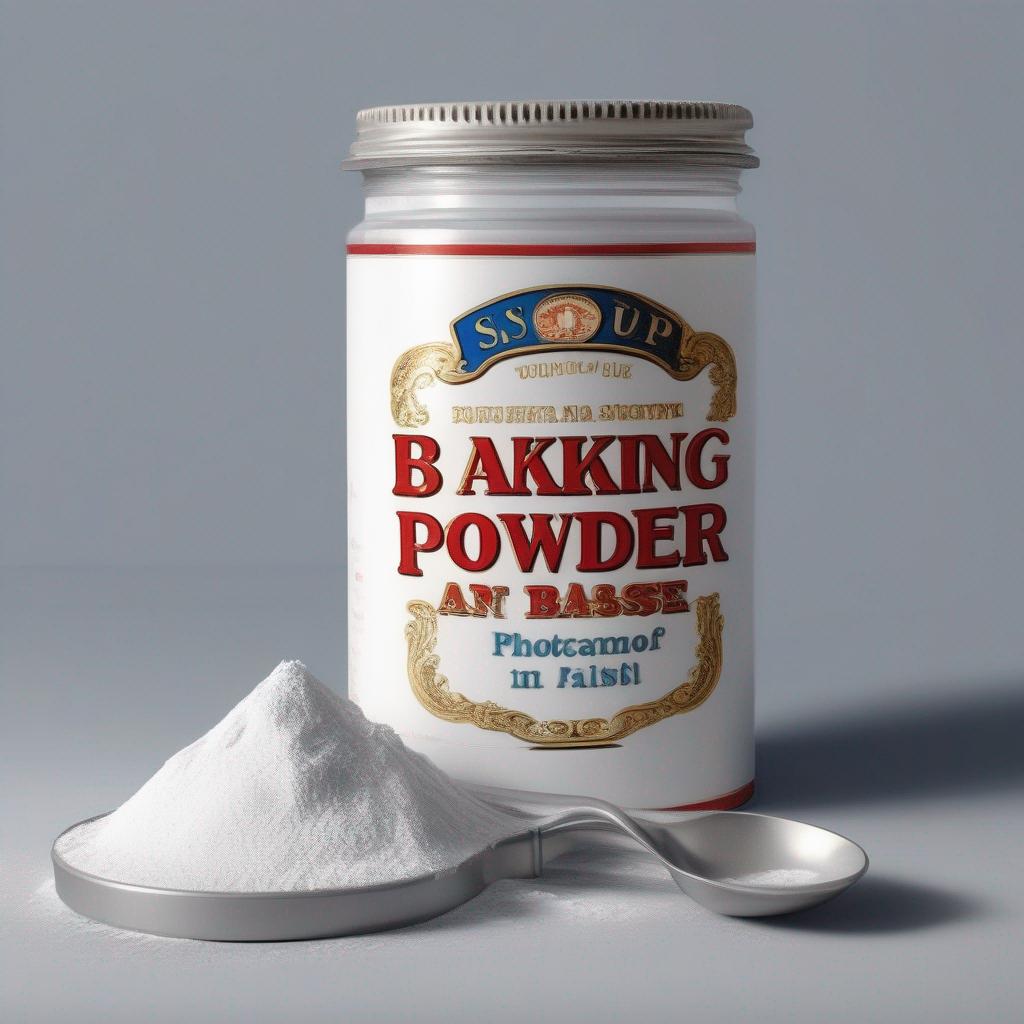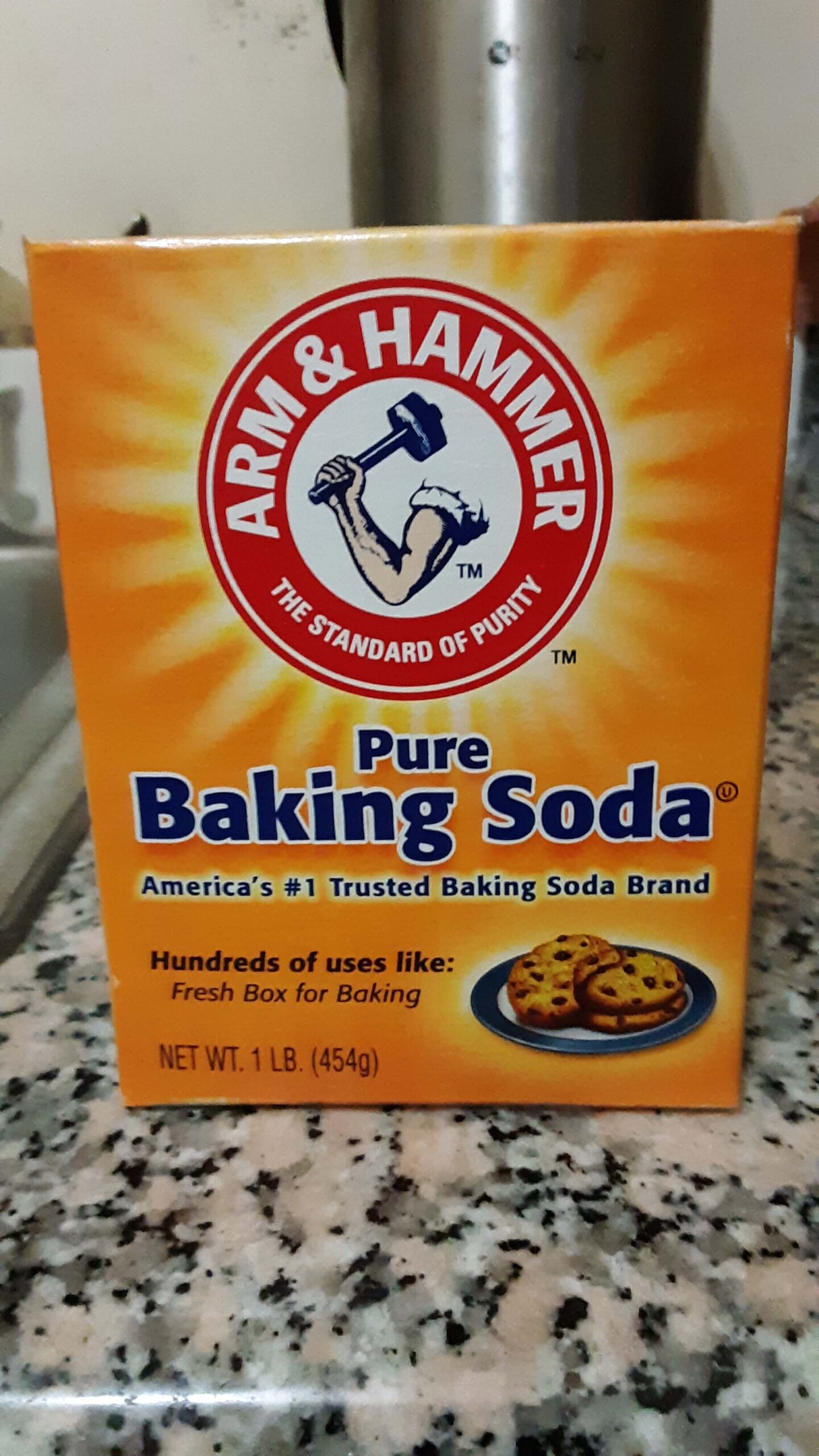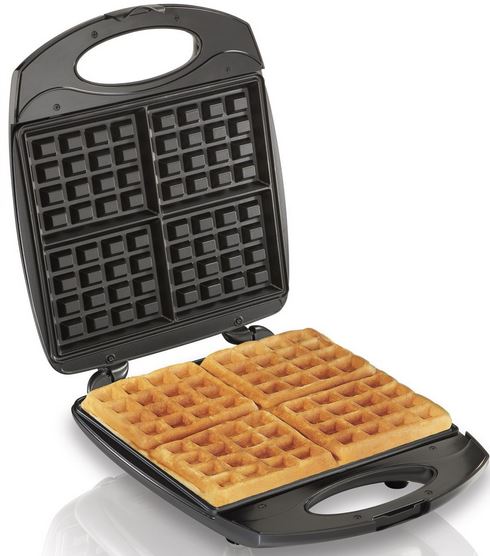Have you ever wondered why Belgian waffles have that irresistibly light and fluffy texture? Well, the secret lies in the magical powers of yeast.
Just like a symphony conductor brings harmony to a performance, yeast plays a crucial role in creating the perfect waffle masterpiece.
Yeast has been an integral part of baking for centuries, and its use in Belgian waffles dates back to their origins. This tiny organism acts as a leavening agent, causing the dough to rise and giving it that airy quality we all love.
But how does yeast work its magic? Through fermentation! When combined with warm water and sugar, yeast produces carbon dioxide gas. As this gas is trapped within the dough’s gluten structure, it expands, creating those delightful air pockets.
Not only does yeast contribute to the texture of Belgian waffles, but it also adds complexity to their flavor profile. The subtle tanginess created during fermentation enhances the overall taste experience.
We will look at everything you need to know about using yeast in your Belgian waffle recipes. From troubleshooting common issues to incorporating yeast into different variations – get ready for a delicious adventure!
So grab your apron and We will now examine everything about yeasty goodness.
Key Takeaways
- Yeast is crucial in making authentic Belgian waffles due to its leavening properties.
- Yeast fermentation creates the light and fluffy texture of Belgian waffles by producing carbon dioxide gas.
- Yeast adds complexity to the flavor profile of Belgian waffles and contributes to their overall taste.
- Troubleshooting yeast-related issues is important for the proper rising of the waffle batter and achieving the desired texture.
Table of Contents
- 1 The History of Belgian Waffles
- 2 The Role of Yeast in Baking
- 3 How Yeast Fermentation Creates Airy Texture
- 4 The Flavor Profile of Yeast-Raised Waffles
- 5 Tips for Working with Yeast in Waffle Batter
- 6 Alternatives to Yeast in Waffle Recipes
- 7 Belgian Waffle vs. Regular Waffle: What’s the Difference?
- 8 The Science Behind Yeast Activation
- 9 Troubleshooting Common Yeast-Related Issues
- 10 Incorporating Yeast into Different Waffle Variations
- 11 looking at Traditional Belgian Waffle Toppings
- 12 Recipes for Delicious Yeast-Raised Belgian Waffles
- 13 Frequently Asked Questions
- 14 Conclusion
The History of Belgian Waffles
The history of Belgian waffles is absolutely fascinating! The origins of Belgian waffles can be traced back to the Middle Ages in Belgium. They were initially made by cooks who used irons with religious or decorative designs to create these delicious treats.
Over time, the recipe for Belgian waffles evolved, incorporating different ingredients and techniques. Belgian waffles gained popularity during the World’s Fair in Brussels in 1958. This event showcased the wide variety of culinary delights from around the world, and Belgian waffles quickly became a hit among visitors. Since then, they have become an iconic dish not only in Belgium but also worldwide.
The cultural significance of Belgian waffles cannot be understated. In Belgium, they are enjoyed as a traditional breakfast or dessert item and are often served with powdered sugar, fruit toppings, or whipped cream. They have also become a staple in many brunch menus across the globe.
Yeast plays a crucial role in making authentic Belgian waffles. It helps to leaven the batter, giving it a light and fluffy texture that is characteristic of Belgian waffles. The use of yeast allows for fermentation, which adds depth of flavor and complexity to this delectable treat.
Understanding the history and evolution of Belgian waffles gives us insight into their cultural significance and why yeast is used to make them. So next time you indulge in a warm and crispy Belgian waffle topped with your favorite toppings, remember its rich heritage that spans centuries.
The Role of Yeast in Baking
One of the key players in creating fluffy, golden Belgian waffles is the tiny microorganism that adds a touch of magic to the batter: yeast. Yeast fermentation is the process by which yeast converts sugars into carbon dioxide gas and alcohol, resulting in light and airy waffles.
Here are four important aspects to consider when working with yeast in the context of Belgian waffle making:
-
Yeast Activation: Before adding yeast to the batter, it needs to be activated by dissolving it in warm water or milk. This step ensures that the yeast is alive and ready to start fermenting.
-
Yeast Troubleshooting: If your waffle batter fails to rise properly, it could be due to issues with your yeast. Common problems include expired or dead yeast, using water that’s too hot or too cold for activation, or excessive salt inhibiting yeast activity.
-
Yeast Variations: Different types of yeast can be used for making Belgian waffles, including active dry yeast and instant yeast. Each type has its own characteristics and requires specific handling.
- Yeast Toppings: While yeast adds fluffiness and flavor to Belgian waffles on its own, toppings such as fresh fruits, whipped cream, maple syrup, or chocolate sauce can elevate the taste experience even further.
Understanding these aspects of working with yeast will help you achieve perfect results when making delicious Belgian waffles at home.
How Yeast Fermentation Creates Airy Texture
When yeast ferments, it works its magic by transforming sugars into carbon dioxide gas and alcohol, resulting in the light and airy texture that makes Belgian waffles so irresistible. Yeast fermentation is a fundamental process in baking that creates air pockets within the dough or batter. This happens through a series of chemical reactions.
During yeast fermentation, the yeast consumes sugar molecules present in the waffle batter. As the yeast metabolizes these sugars, it releases carbon dioxide gas as a byproduct. The gas then gets trapped within the gluten network of the batter, causing it to rise and expand. This process is known as leavening.
The release of carbon dioxide during yeast fermentation also contributes to the fluffy texture of Belgian waffles. The gas expands in volume when heated, creating bubbles throughout the batter. These bubbles give the waffles their characteristic lightness and delicate crumb structure.
Also yeast fermentation produces small amounts of alcohol, which can contribute to flavor development in Belgian waffles. However, most of this alcohol evaporates during cooking.
So yeast fermentation plays a crucial role in creating an airy texture for Belgian waffles. By converting sugars into carbon dioxide gas and alcohol, yeast brings about expansion and fluffiness that make these waffles so delightful to eat.
The Flavor Profile of Yeast-Raised Waffles
Get ready to indulge in the rich and complex flavor profile that comes with savoring a batch of these delectable yeast-raised waffles. The yeast fermentation process is responsible for unlocking a range of flavors that make these waffles truly exceptional. Here are four key aspects of the flavor profile that yeast brings to the table:
-
Yeast and flavor development: During fermentation, yeast releases various compounds that contribute to the overall taste of the waffles. These compounds include esters, which give fruity notes, and alcohols, which add depth and complexity.
-
Yeast and texture enhancement: In addition to creating air pockets through carbon dioxide release, yeast also produces enzymes that break down starches into simpler sugars. This enzymatic activity results in a tender and moist texture while imparting a subtle sweetness.
-
Yeast-raised waffle recipe variations: Depending on the specific type of yeast used (such as active dry or instant), different flavors can be achieved. Some recipes even incorporate additional ingredients like vanilla extract or cinnamon to further enhance the flavor profile.
- Benefits of using yeast in waffle batter: Using yeast not only adds flavor but also improves the overall texture and rise of the waffles. The slow fermentation process allows for better gluten development, resulting in a lighter and fluffier end product compared to baking powder-based recipes.
By harnessing the power of yeast fermentation, these mouthwatering waffles offer an unparalleled taste experience that’ll leave you craving more.
Tips for Working with Yeast in Waffle Batter
To elevate your culinary skills and create waffle batter that boasts a delightful lightness and complexity, consider these expert tips for incorporating yeast into your recipe. Working with yeast can be a bit tricky, but with the right techniques, you can achieve deliciously fluffy Belgian waffles.
First and foremost, activating the yeast is crucial. Dissolve the yeast in warm water or milk to wake it up from its dormant state. Make sure the liquid isn’t too hot to avoid killing the yeast. Let it sit for about 5-10 minutes until it becomes frothy and bubbly. This ensures that the yeast is alive and ready to work its magic in your batter.
If you encounter any issues during activation, such as no bubbles forming or a lack of rise in your dough, there might be some troubleshooting required. Check the expiration date of your yeast and make sure it hasn’t gone bad. Adjusting the temperature of your liquid might also help activate the yeast more effectively.
Another interesting aspect of working with yeast is looking at different variations. You can experiment with different types of yeasts like instant or active dry to see which one gives you the desired results. Each type has its own unique flavor profile and rising properties.
Also don’t forget about toppings! Yeast-raised waffles are versatile when it comes to accompaniments. From fresh berries and whipped cream to savory options like fried chicken or bacon, get creative with your toppings and take these already delicious waffles to another level.
By following these tips for working with yeast in waffle batter, you’ll be able to create mouthwatering Belgian waffles that’ll impress even the most discerning palates. So go ahead, give it a try and enjoy your homemade fluffy delights!
Alternatives to Yeast in Waffle Recipes
Looking to switch up your waffle recipe? Try these amazing alternatives for a unique twist on your breakfast favorite!
When it comes to making waffles without yeast, there are several options you can look at. If you’re looking for an egg substitution, try using mashed bananas or applesauce. These ingredients not only add moisture but also act as a binding agent in the batter.
Another alternative is using baking powder instead of yeast. Baking powder is a leavening agent that helps the batter rise and creates a fluffy texture.
For those who enjoy the tangy flavor of sourdough, why not try making sourdough waffles? Sourdough starter adds depth and complexity to the flavor profile of your waffles. Simply replace some of the liquid in your recipe with active sourdough starter and let it sit overnight before cooking.
Buttermilk variations are another delicious option. Buttermilk adds a subtle tanginess and extra tenderness to the waffles. You can either use buttermilk as a substitute for regular milk or make your own by adding lemon juice or vinegar to regular milk.
If you’re following a gluten-free diet, there are plenty of options available. Substitute regular flour with gluten-free flour blends made from rice, almond, or coconut flour.
So go ahead and experiment with these alternatives to yeast in your waffle recipes. Get creative and enjoy a unique twist on this classic breakfast treat!
Belgian Waffle vs. Regular Waffle: What’s the Difference?
Indulge in the fluffy embrace of a regular waffle or experience the delightful crispness of a Belgian waffle; they are like two distinct dance partners, each offering a unique and delicious sensation on your taste buds. But what sets these two types of waffles apart? The answer lies in the yeast.
Belgian waffles are known for their light and airy texture, thanks to the addition of yeast in the batter. Yeast is a microorganism that feeds on sugars and produces carbon dioxide gas as a byproduct through fermentation. This gas creates air pockets within the batter, resulting in a fluffy interior with crispy edges when cooked.
In contrast, regular waffles typically do not contain yeast. Instead, they rely on baking powder or baking soda as leavening agents to achieve some rise. While still delicious, regular waffles tend to be denser and have less height compared to their Belgian counterparts.
The use of yeast in waffle recipes opens up many options for variation. You can experiment with different flavors by adding ingredients such as vanilla extract or cinnamon to enhance the taste profile. Also you can play around with toppings like fresh fruits, whipped cream, syrup, or even savory options like bacon and cheese.
However, using yeast in waffle batter comes with its own set of challenges. Yeast activation requires proper temperature control and time management to ensure optimal fermentation. Troubleshooting common issues such as overproofing or underproofing may be necessary for achieving consistent results.
Understanding the role of yeast in Belgian waffles helps us appreciate their unique texture and flavor profile. Whether you prefer traditional toppings like butter and syrup or want to look at creative combinations, these yeasty delights offer an indulgent breakfast experience worth savoring.
The Science Behind Yeast Activation
Now that we understand the difference between Belgian waffles and regular waffles, let’s look deeper into the science behind yeast activation.
Yeast plays a crucial role in making Belgian waffles because it provides the desired texture and flavor profile that sets them apart.
Yeast activation is a fascinating process where dormant yeast cells come to life, releasing carbon dioxide gas through fermentation. This gas creates air pockets in the batter, giving Belgian waffles their characteristic light and fluffy texture.
To activate yeast effectively, warm liquid is often used to create an ideal environment for its growth. Sugar acts as food for the yeast, while salt helps regulate its activity. These ingredients work together to jumpstart the fermentation process.
When working with yeast, it’s important to give it enough time to fully activate before incorporating it into your waffle batter. This step ensures that your waffles will rise properly during cooking.
While yeast is commonly used in traditional Belgian waffle recipes, there are alternatives available for those who prefer not to work with yeast. Baking powder or baking soda can be used as substitutes, but they may not provide the same depth of flavor that yeast imparts.
Understanding how yeast activation works is essential when making authentic Belgian waffles. The unique flavor and texture they offer are thanks to this intricate scientific process involving fermentation and gas release.
Troubleshooting Common Yeast-Related Issues
One obstacle that may arise when working with yeast is the difficulty of troubleshooting common yeast-related issues. Understanding the yeast activation process is crucial in avoiding these problems.
One common issue is when the yeast fails to activate or produce enough carbon dioxide, resulting in dense and flat breads or desserts. This can be caused by using expired or low-quality yeast, incorrect water temperature, or adding too much salt or sugar to the dough. To troubleshoot this problem, it’s important to check the expiration date of the yeast and ensure it is stored properly in a cool and dry place. Also using warm water between 105°F and 115°F will help activate the yeast effectively. It’s also important to follow precise measurements for salt and sugar as excessive amounts can hinder yeast growth.
In some cases, individuals may need to find alternatives to traditional active dry yeast due to dietary restrictions or personal preferences. Yeast substitutes such as baking powder or baking soda can be used in certain recipes but may require adjustments in proportions and rising time.
So troubleshooting common yeast-related issues involves understanding the activation process, using fresh ingredients, following precise measurements, and making necessary adjustments based on individual circumstances like dietary restrictions or ingredient preferences for different types of dishes like breads versus desserts.
Incorporating Yeast into Different Waffle Variations
To add a unique twist to your waffle creations, try incorporating yeast for a lighter and fluffier texture that’ll have your taste buds craving more. Studies have shown that using yeast in waffle batter can increase the rise by up to 30%, resulting in an irresistible breakfast treat.
While yeast is traditionally used in Belgian waffles, it can also be incorporated into various other types of waffles for added flavor and texture.
If you’re looking for a yeast substitute, baking powder can be used as a viable option. However, keep in mind that the result may not be as light and fluffy as when using actual yeast.
Yeast is not only limited to sweet treats like doughnuts; it can also enhance the flavor profile of savory waffles. By adding herbs or spices to the batter along with the yeast, you can create delicious savory waffles that pair perfectly with savory toppings like fried chicken or bacon.
For those who follow a gluten-free diet, incorporating yeast into gluten-free waffle batter can provide an airy and tender texture that’s often lacking in gluten-free baked goods. Using alternative flours such as almond flour or rice flour along with the yeast will yield delightful gluten-free waffles.
Incorporating yeast into different variations of waffles adds complexity and depth of flavor while achieving a light and fluffy texture. Whether you’re making sweet doughnuts or experimenting with savory flavors, don’t be afraid to look at the possibilities that yeast brings to your favorite breakfast treat.
looking at Traditional Belgian Waffle Toppings
Try out a variety of traditional toppings to elevate your Belgian waffle experience and indulge in the rich flavors that complement the fluffy texture.
Belgian waffles are not only known for their light and airy texture but also for the wide array of delicious toppings that can be added to enhance their flavor. These traditional toppings vary from region to region in Belgium, reflecting the diverse culinary heritage of the country. Popular variations include fresh fruits, whipped cream, chocolate sauce, and powdered sugar.
Serving suggestions for Belgian waffles often involve creating a balance between sweet and savory elements. A common serving option is to top the waffle with a generous dollop of whipped cream or ice cream, followed by a drizzle of warm maple syrup or honey. For those who prefer a more savory option, ham or bacon can be added along with some cheese or eggs.
Unique flavor combinations are also looked at when it comes to topping Belgian waffles. Some popular choices include Nutella with sliced bananas or strawberries, caramelized apples with cinnamon, or even savory options like smoked salmon with dill and sour cream.
These traditional toppings hold cultural significance as they have been enjoyed by Belgians for centuries. They represent the country’s culinary traditions and offer a glimpse into its rich history and culture.
| Topping | Flavor Combination |
|---|---|
| Fresh Fruits | Berries, Bananas |
| Whipped Cream | Sweet Vanilla |
| Chocolate Sauce | Rich Cocoa |
looking at traditional toppings for Belgian waffles allows you to discover unique flavor combinations while appreciating their cultural significance. Whether you prefer sweet or savory options, there is no shortage of delicious choices to enhance your Belgian waffle experience.
Recipes for Delicious Yeast-Raised Belgian Waffles
Indulge in the mouthwatering aroma of freshly baked, fluffy waffles that rise to perfection with this delicious yeast-raised recipe. When it comes to making Belgian waffles, yeast plays a crucial role in creating their distinct texture and flavor. However, if you prefer not to use yeast or you’re looking for alternatives, there are options available.
Yeast serves as a leavening agent in Belgian waffle batter. It helps the dough rise by producing carbon dioxide gas through fermentation. This process creates air pockets within the batter, resulting in light and airy waffles with a crisp exterior.
For those who cannot consume yeast or want to try something different, there are yeast-free variations of Belgian waffle recipes. These typically rely on baking powder or baking soda as leavening agents instead of yeast. While these options may produce slightly different results, they can still yield delicious and satisfying waffles.
To activate the yeast properly before incorporating it into the batter, it’s essential to follow specific steps. This usually involves dissolving the yeast in warm water with added sugar or honey to provide food for the yeast cells. Allowing this mixture to sit for a few minutes activates the yeast and ensures proper fermentation during cooking.
Aside from traditional breakfast fare, yeast-raised Belgian waffle batter can also be used for other culinary creations such as pancakes or desserts like sweet breads and cakes. The versatility of this recipe makes it an excellent choice for any occasion.
So whether you choose to use traditional yeasted recipes or opt for alternatives, rest assured that you can enjoy delectable Belgian-style waffles that’ll surely delight your taste buds!
Frequently Asked Questions
How can yeast be used in other baked goods besides waffles?
Yeast is a versatile ingredient with various applications in baking. Besides waffles, yeast can be used in a wide range of baked goods.
Yeast breads, such as baguettes and sourdough loaves, rely on yeast for their rise and fluffy texture.
Pastries like croissants and Danish pastries also benefit from the addition of yeast to create light and flaky layers.
Also yeast is an essential component in pizza dough, giving it a chewy and airy crust.
Also donuts owe their softness and airiness to the inclusion of yeast in their batter or dough.
Are there any health benefits to using yeast in waffle batter?
Using yeast in waffle batter offers several benefits. Firstly, it improves the texture of the waffles, making them light and fluffy.
Secondly, yeast enhances the flavor profile of the waffles, giving them a delicious taste.
Also incorporating yeast into the batter increases its nutritional value by providing essential vitamins and minerals.
Moreover, yeast helps extend the shelf life of waffles, keeping them fresh for longer periods.
Also yeast aids in better digestion of the waffle batter due to its fermenting properties.
Can I use instant yeast instead of active dry yeast in my waffle recipe?
Yes, you can use instant yeast instead of active dry yeast in your waffle recipe. Instant yeast is a type of dry yeast that doesn’t require proofing and activates quickly when mixed with the other ingredients. It’ll give your waffles a similar rise and texture as using active dry yeast. This substitution can be made in various yeast-raised breakfast recipes like waffles, pancakes, and other yeast-raised desserts.
What is the best way to store leftover yeast-raised waffles?
The best way to store leftover yeast-raised waffles is to allow them to cool completely before storing. Once they’re cooled, place the waffles in an airtight container or wrap them tightly in plastic wrap. These methods will help preserve their freshness and prevent them from becoming stale.
To reheat, simply pop the waffles in a toaster or oven until they’re warmed through. If you want to freeze the waffles for later use, individually wrap each one in plastic wrap and then place them in a freezer-safe bag or container.
When you’re ready to enjoy them, thaw the waffles overnight in the refrigerator and then reheat as desired.
Can I make yeast-raised waffles without a waffle iron?
Yes, you can make yeast-raised waffles without a waffle iron! While traditionally, waffles are cooked in a specialized appliance that creates those signature grid patterns, there are alternative methods to achieve similar results. One option is to use a stovetop grill pan or griddle. Simply heat the pan or griddle over medium-high heat and lightly grease it with oil or butter. Then, pour the yeast-raised waffle batter onto the hot surface and spread it evenly using a spatula. Cook for about 3-4 minutes on each side until golden brown and cooked through.
Another way to make yeast-raised waffles without a waffle iron is by using an oven. Preheat your oven to around 400°F (200°C) and line a baking sheet with parchment paper. Once the batter has risen to double its original size, gently pour it onto the prepared baking sheet, spreading it out evenly with a spatula. Place the baking sheet in the preheated oven and bake for about 10-12 minutes or until golden brown on top.
Conclusion
Also yeast plays a vital role in the creation of delicious Belgian waffles. Its fermentation process helps to create that light and airy texture that we all love. Not only does yeast contribute to the texture, but it also adds a unique flavor profile to the waffles. By following some tips for working with yeast and troubleshooting common issues, you can easily incorporate this ingredient into your waffle batter.
So go ahead, look at different variations and traditional toppings, and indulge in the rhythmic delight of homemade yeast-raised Belgian waffles!
